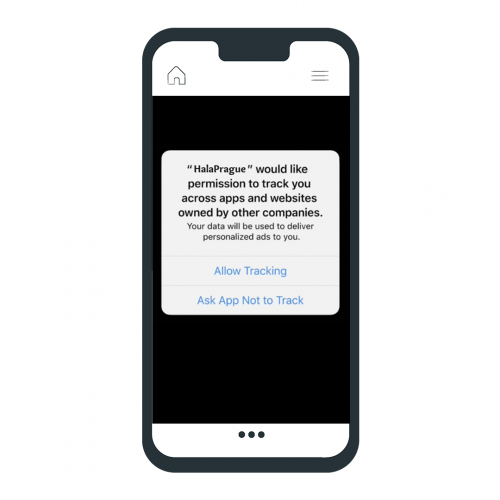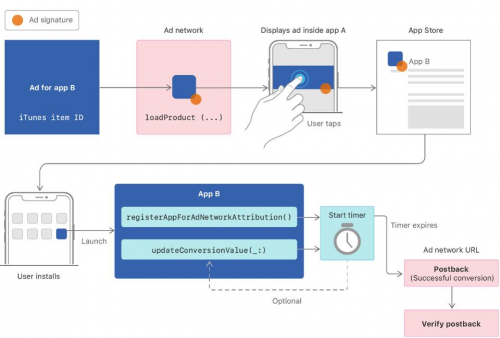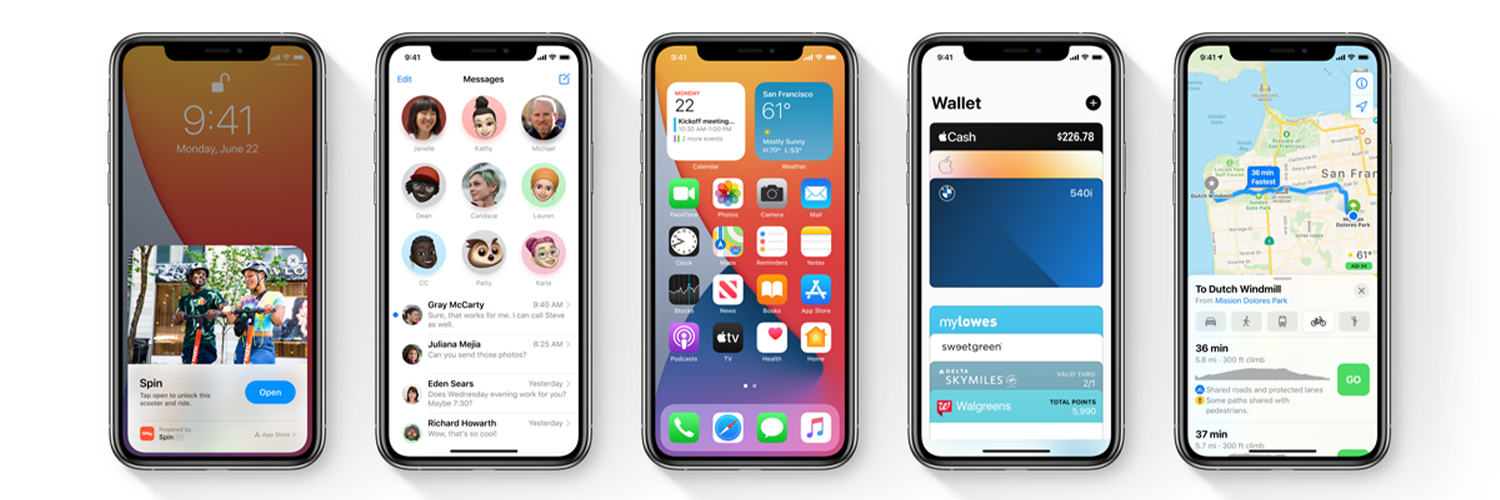At the end of June 2020, Apple shook the Mobile Industry to the ground. It was announced that the IOS Identifier for Advertisers, aka IDFA, is no longer accessible for companies as it used to be before. They were putting a substantial constraint on the advertising businesses. As a result of the recent decision, Apple device owners are untraceable unless they permit the accessibility of their data and be shared with third parties. Businesses are now eager to be given the green light for using audience profiles so that they do not fall short on effective marketing practices.

First things first. What is IDFA?
IDFA is short for “Identifier for Advertisers.” It is mostly used by businesses to detect and track IOS users while observing the way they respond to their Mobile advertising efforts. Qualifying it to be a key indicator by which campaigns’ performance is measured, and strategies are set. It is worth mentioning that all users’ data are fully protected and are only limited to their device IDs.
According to Forbes, it is believed that there will be a total loss of $80 Million in the field. It is undeniable that businesses in various industries have been tragically affected in a way or another.
Let us take a look at how knocking off IDFA would trouble the Mobile advertising ecosystem.
Understanding Users behavior
Successful advertising was built around tracking users’ past and live interactions with marketing campaigns for ages. Now that the key identifier that assigns audience devices and their activities with the campaign is gone to the wind, Marketers are prohibited from getting the required insights that analyze how users behave online as the businesses tailor their operations consequently.
Retargeting Users
Remarketing is a big deal when it comes to widening your audience base. Different forms of Remarketing include Link and App retargeting whereby you could reach specific users who showed interest in your brand by clicking one of your Ads online or installing your App. Afterward, IDs are collected and used to retarget them across multiple distribution channels that they are active on. Hence, without being able to identify the origin of the profile, the tool could not re-engage with users and deliver their advertisements effectively. Throwing us another obstacle along the way.
Attributing Results To Specific Audiences
Conversions lead to revenue while revenue is turned into profit. Attributing your source of campaign revenue is extremely crucial. In other words, identifying which prospects brought you the highest monetary value and conversion rates is the foundation of your marketing strategy. That means that you could repeat the process to keep the loop of income going. Being unable to identify such essential resources will make the job harder for businesses to maintain the continuous cycle of ROI through categorizing users in and out of the golden segment that brings them the highest value.
A/B Testing
Running campaigns is vital for communicating with your customers. However, there are times when businesses have to launch A/B testing campaigns to examine which type of users are responding, which piece of the content version attracts the most traffic and what are the mediums that are bringing those users? Endless variables could be examined with this type of campaign. Without the IDFA, businesses could no longer link the behavior of a particular user with the campaign’s variables. Challenging them to properly measure and assess the collected data.
Assessing the current situation, makes us wonder how businesses are going to cope after IDFA limitation? We have two options Apple Ad network API and Legacy Attribution via digital fingerprinting SKAdNetwork
As per Apple, The ad network API helps advertisers measure the success of ad campaigns while maintaining user privacy
So SKAdNetwork is a privacy-safe framework developed by Apple. It was worked on for over 2 years now in order to ensure that the updated version of the framework assists marketers to point out which campaigns get the results without revealing users’ IDs. It is safe to say that this option is not much of an option. We are mostly stuck with it It can not produce a detailed analysis of Mobile Attribution.

Digital Fingerprinting
Attribution Analytics uses device fingerprint matching as the fall-back method for attribution if none of the supported unique device identifiers are available.
Fingerprint matching is particularly useful for installs via a mobile web browser because these browsers are unable to collect unique device identifiers (so other attribution methods are not possible) and therefore, we rely on device fingerprint matching to attribute app installs to user clicks.
Attribution Analytics prefers device fingerprint matching over cookie-based measurement because fingerprint matching occurs asynchronously in the background of the mobile app. Therefore, it does not interfere with the user experience by forcing a browser to open (as in the case of browser-based cookies). Not surprisingly, fingerprint matching is also the preferred user experience by all of our clients. Apple also adopts a policy of rejecting apps that use cookie-based measurement, making fingerprint matching the new standard when a device ID is unavailable.
How Device Fingerprint Matching Works
Device fingerprint matching works by redirecting users through a measurement URL and collecting the publicly available HTTP headers about the device, which Attribution Analytics uses to create a unique fingerprint for the click of the measurement URL.
When a user installs the mobile app, the TUNE SDK collects the same data points from within the mobile app and sends them to the Attribution Analytics platform, which generates a device fingerprint and subsequently searches for clicks with the matching fingerprint. Attribution Analytics attributes the install to the last click with a matching fingerprint.
By default, the look-back window (or attribution window) for matching device fingerprints is 24 hours. So to find a match, Attribution Analytics only considers the clicks that occur within 24 hours from the install.
While other ad networks and advertising partners (publishers) claim accuracy beyond 24 hours and apply look-back windows of 48 and 72 hours, we find that device fingerprint matching is not statistically accurate beyond 24 hours.

How will Appgain react?
At Appgain, we are already working to implement the Apple new IDFA permission-based tracking, Ad Network API, besides our current support for Digital Fingerprinting.
Although retargeting by IDFA over ad networks used to be bulletproof, however, our ad network integration enables retargeting by other various identifiers like FB ID, email, and mobile number.
Although Apple has moved the IDFA to be permission-based like Push Notifications, the impact will vary from market to another, with already advanced markets like the US, more than 30% of users have turned on limit Ad tracking, we don’t think the impact is that much critical in less developed markets.
How could we help?
Finally, we offer you a 14-day Free trial, all-inclusive access to our platform to help you take the first steps along the way. Got any questions? Do not hesitate to reach out and Request a Demo.
- Measure the ROI of each running campaign.
- Retarget users who didn’t convert from your campaigns.
- Deliver campaigns across many channels such as Push, Web Push, Email, SMS.









